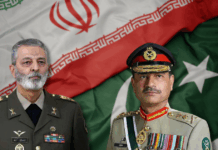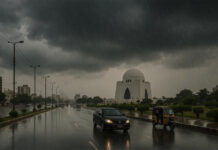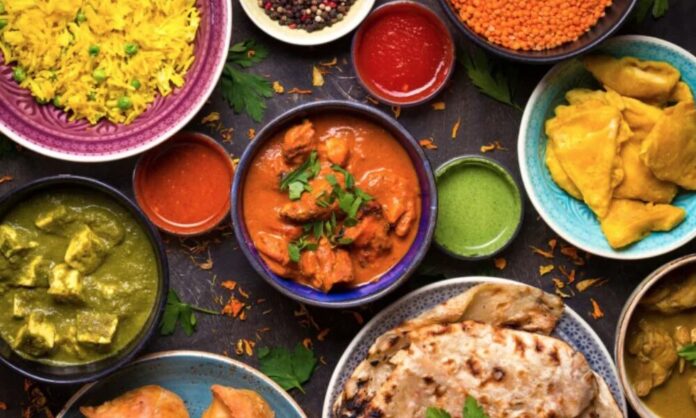Pakistani and Indian cuisines, while deeply intertwined through shared history, stand out individually. These cuisines represent their histories, influenced by many cultures, religions, and locations. Both of these cuisines are now celebrated globally, with their dishes becoming iconic worldwide. The origins of their spices trace back thousands of years to the ancient Indus Valley Civilisation and beyond. Both regions have been central to the spice trade for centuries, earning South Asia its reputation as the “land of spices.” This trade brought exotic flavours like cinnamon, cardamom, and black pepper to the world.
Pakistani And Indian: Shared History With Diverging Paths
The building blocks of both these cuisines can be traced back to the Mughal Empire. They introduced rich gravies, biryanis, and kebabs to the subcontinent. As the Mughals enjoyed luxurious food, their cuisine became a staple of their lifestyle. Post-partition in 1947 Pakistani food began to lean towards the Islamic dietary laws, while the Indian cuisine embraced its regional diversity. This separation influenced the ingredients, preparation methods, and dining habits.
For example, in Pakistan, meat plays a central role in meals with dishes like karahi, nihari, and chapli kebab. In contrast, vegetarian dishes like dal makhani and paneer tikka are more prominent in Indian cuisine. While both cuisines share these spices, the way they are used is very different.
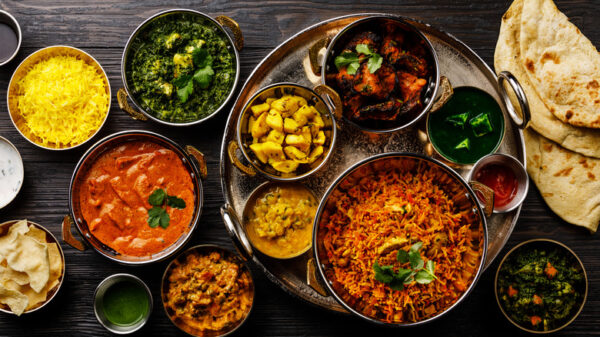
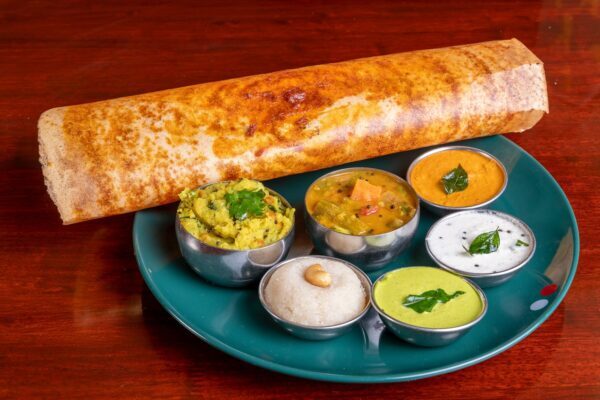
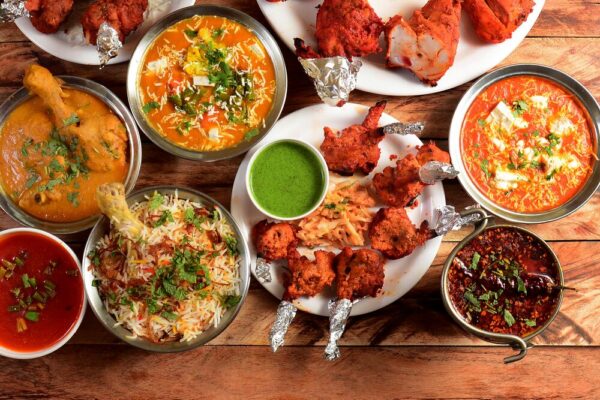
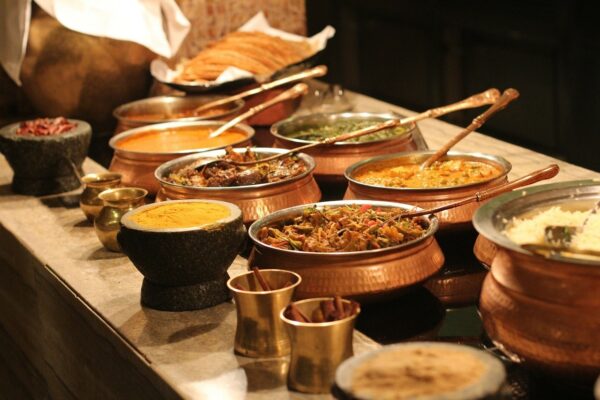
The Uniqueness of Spices in Each Cuisine
Spices form the heart of both Indian and Pakistani food. However, the way they’re blended and their intensity differs. Pakistani dishes typically favour a simpler spice mix that highlights the flavour of the main ingredient, especially meats. Common spices include black pepper, cinnamon, and cardamom. On the other hand, Indian cuisine uses complex spice blends like garam masala, turmeric, and fenugreek to create layers of flavours.
These differences originated from differences in climate and agricultural practices. Since Pakistan had a cooler climate, it influenced the hearty and meat-based dishes. Whereas India’s varied regions led to a mix of vegetarian dishes.
While Pakistan and India may seem similar, their differences reflect their unique identities and their separate cultures.
Stay tuned to Brandsynario for more news and information.






